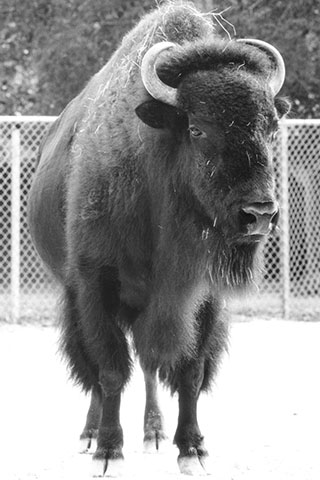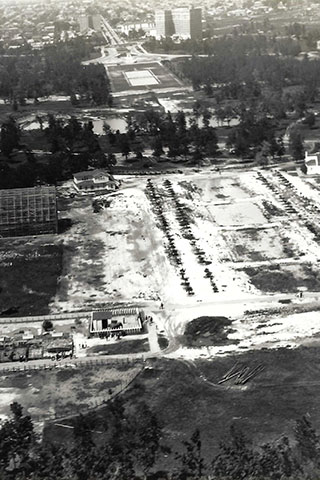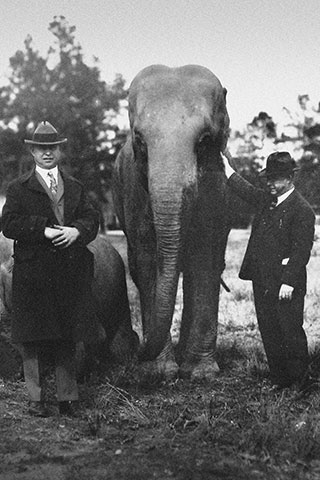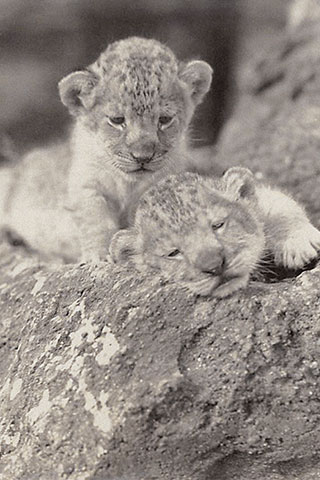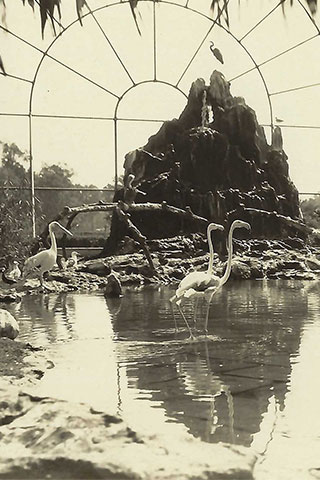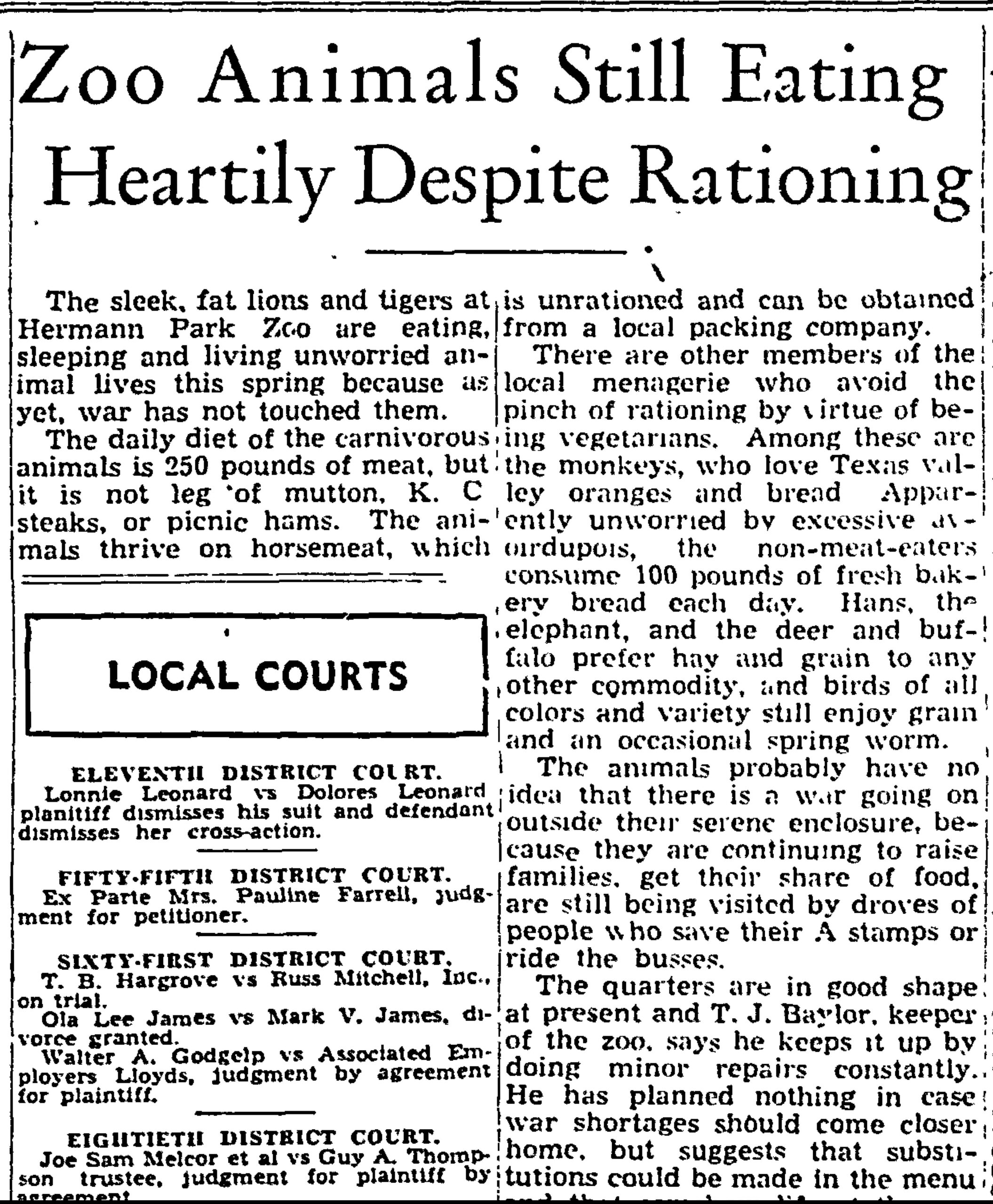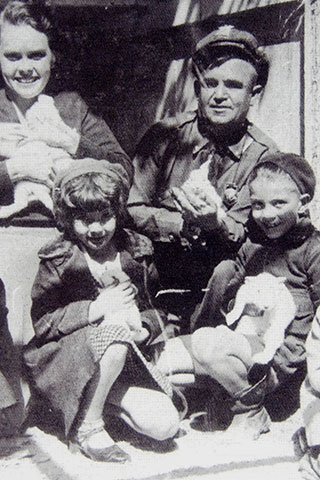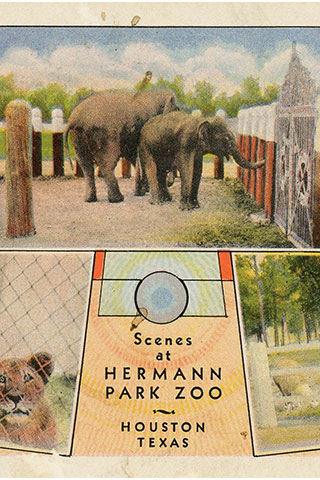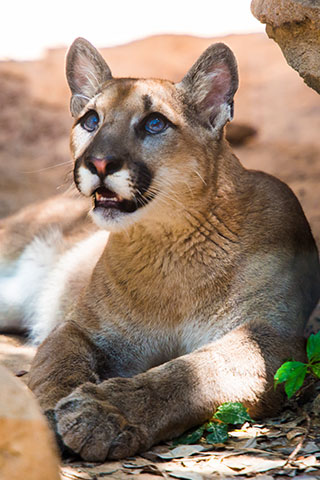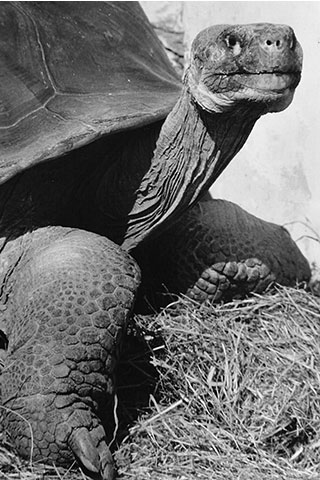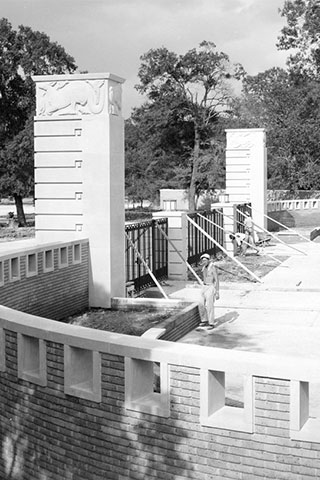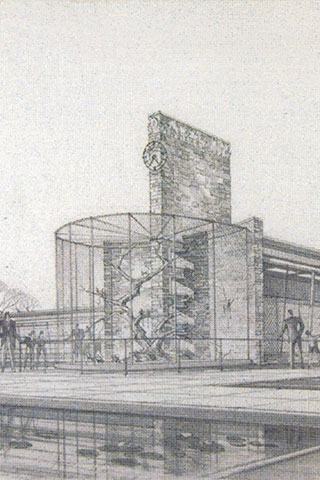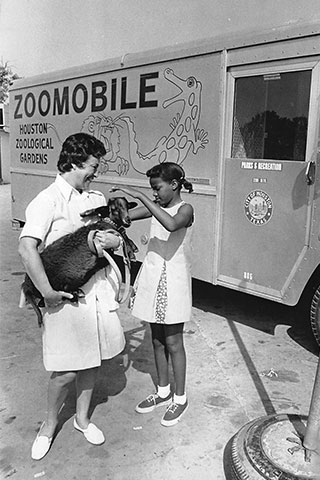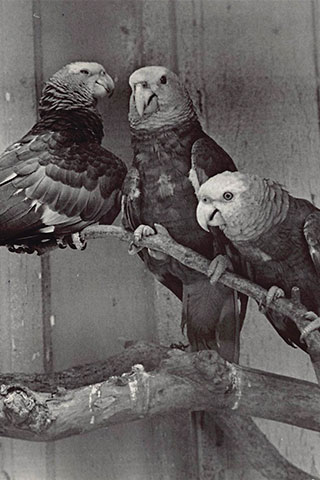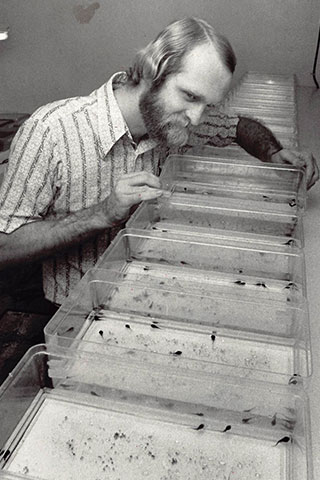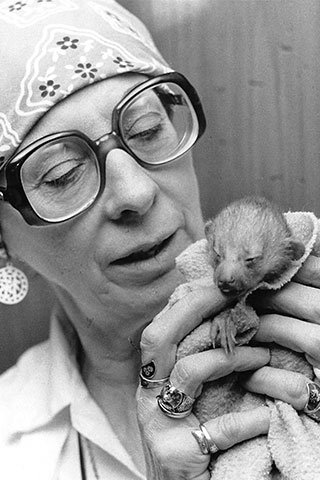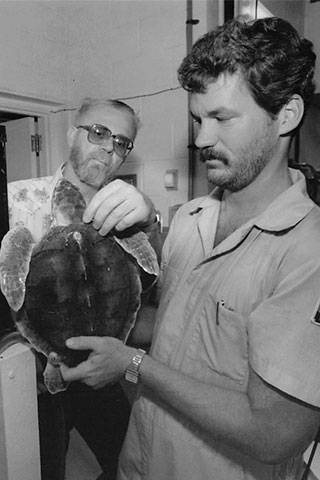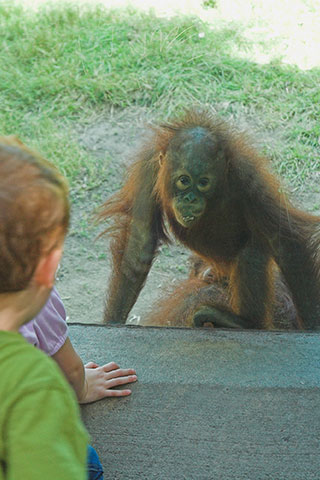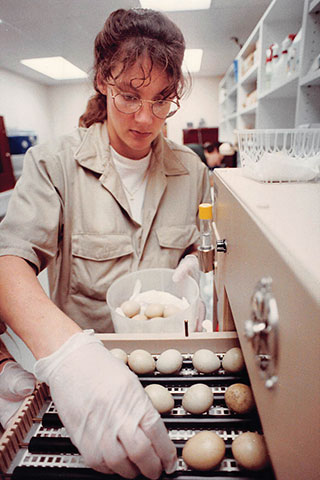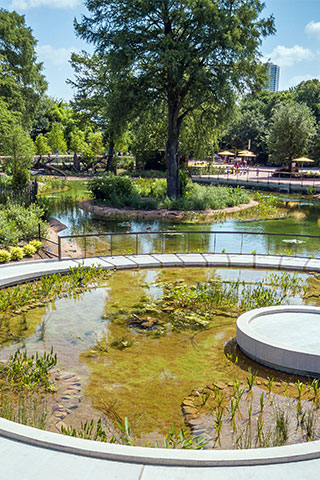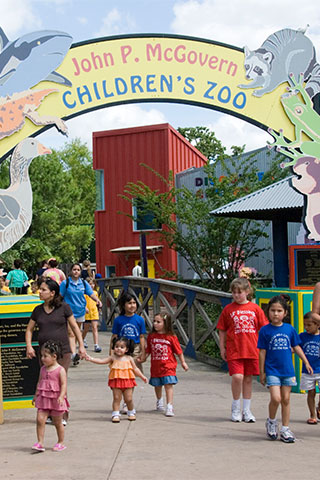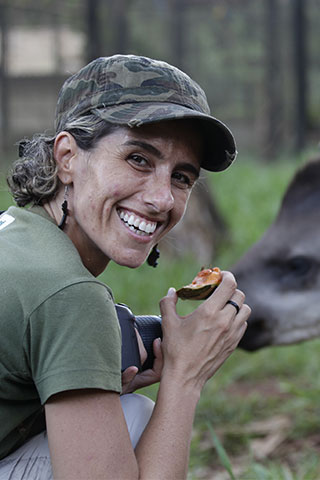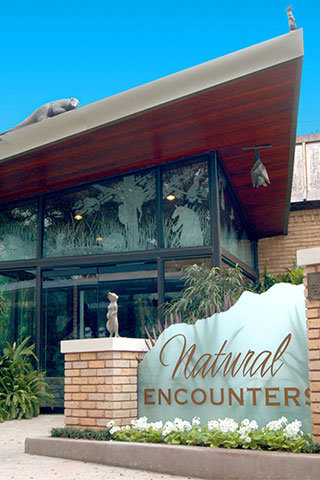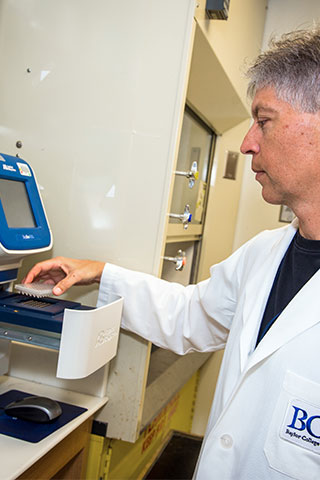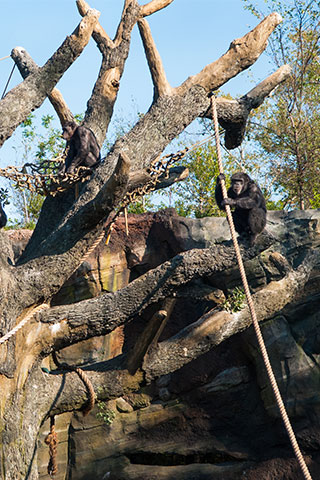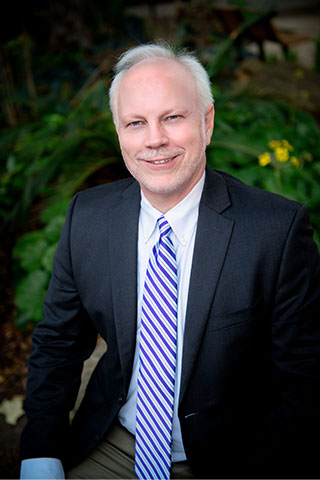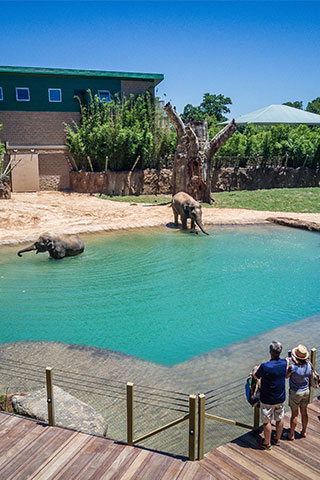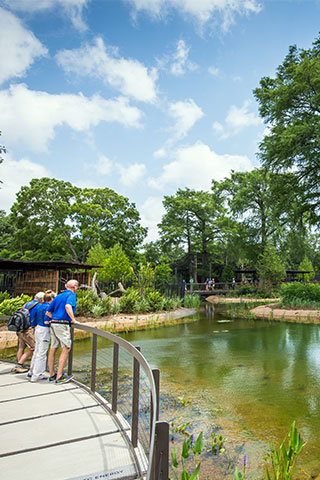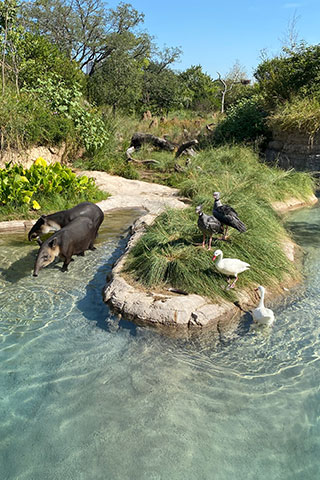Prior to submitting any idea or suggestion to the Houston Zoo, please read this disclaimer carefully.
Anything you disclose or offer through the Houston Zoo email or websites, including but not limited to emails, voicemails, or postings on our websites or anything anyone may disclose or offer through the Houston Zoo social media platforms, including but not limited to, Twitter, Pinterest, Instagram, Facebook, or YouTube (collectively the, “Communications”), shall be deemed to be and shall remain the sole and exclusive property of the Houston Zoo.
If anyone sends anything to the Houston Zoo or platforms such Communications, you are providing it to the Houston Zoo on a NON-CONFIDENTIAL BASIS, and the Houston Zoo will not have any obligation to keep such information secret, to refrain from using such information, or to compensate you for the receipt or use of such Communications. The Houston Zoo are free to use such Communications for any purpose whatsoever.
Therefore, you hereby release the Houston Zoo from any liability under any legal theory in connection with the use, modification, sale, or disclosure of any Communications.
By sending, uploading, or otherwise providing any communications, you are granting to the Houston Zoo to the extent you retain any rights, the unlimited, perpetual right to reuse, redistribute, modify, and create derivative works from such communications for any purpose and in any media without compensation, and you warrant that all rights in such communications have been waived.


